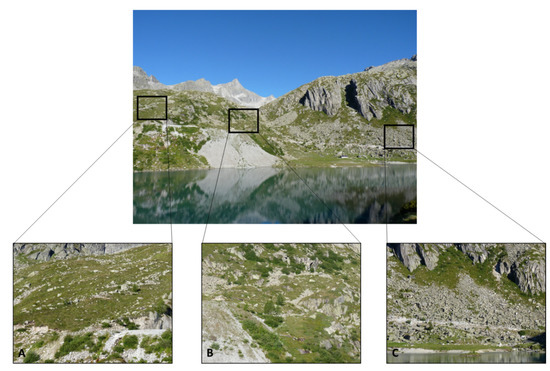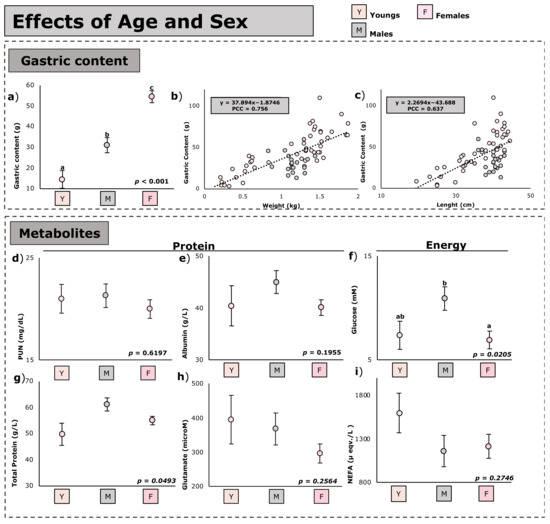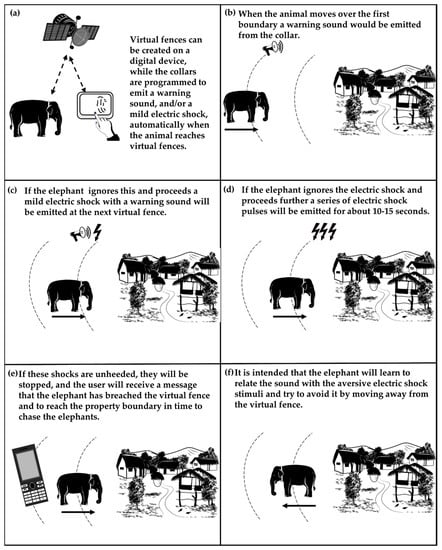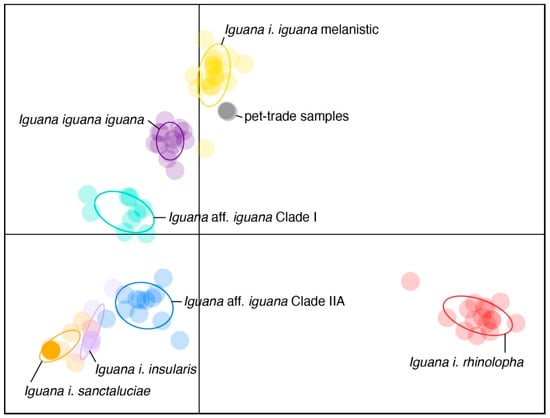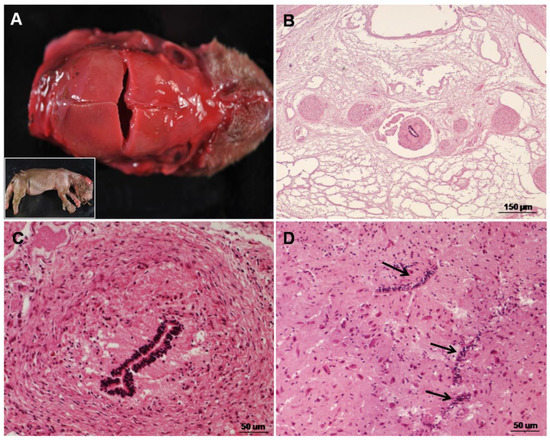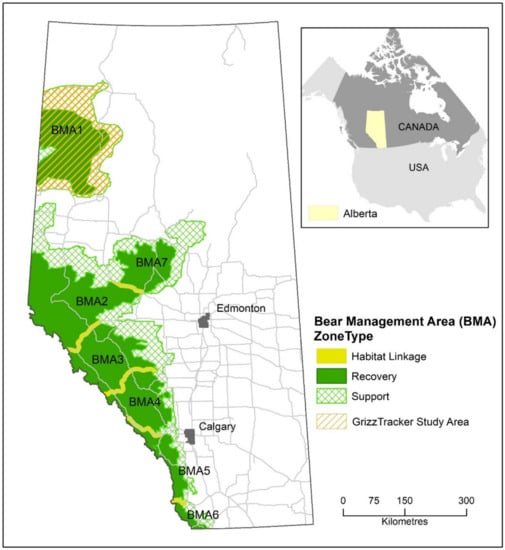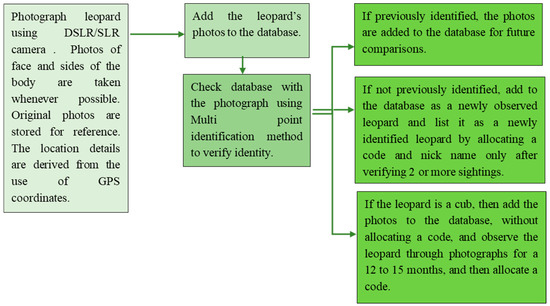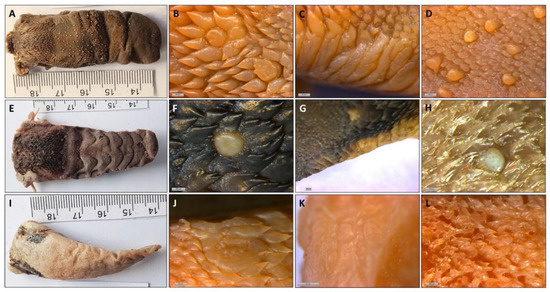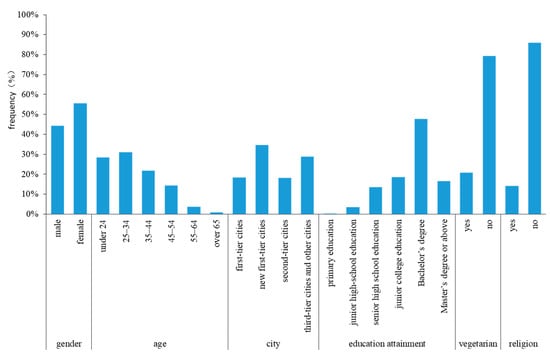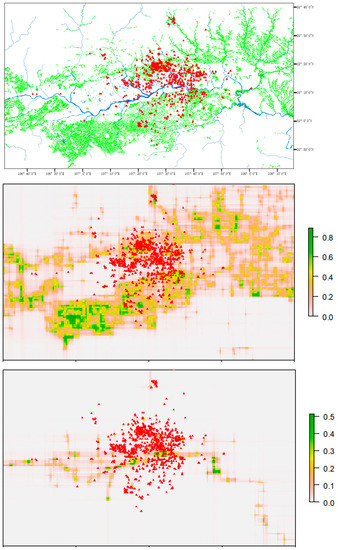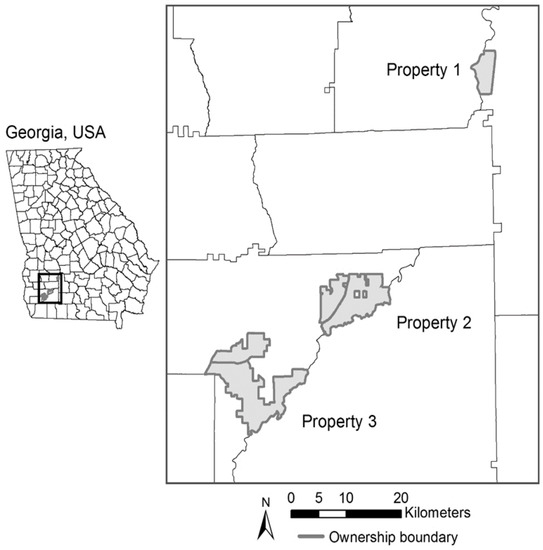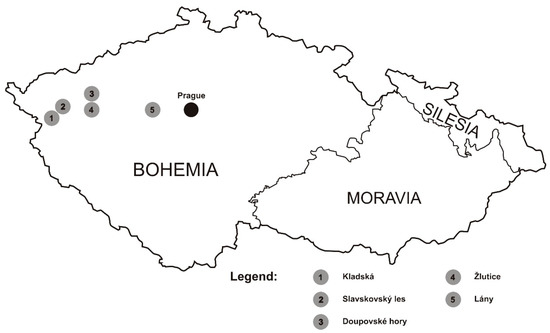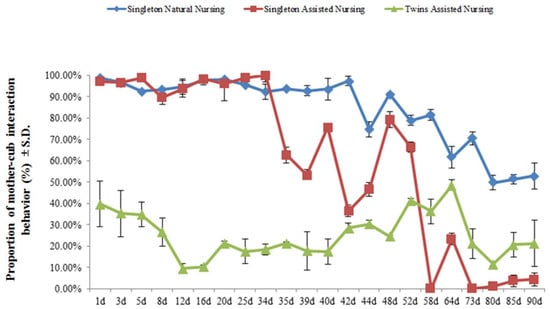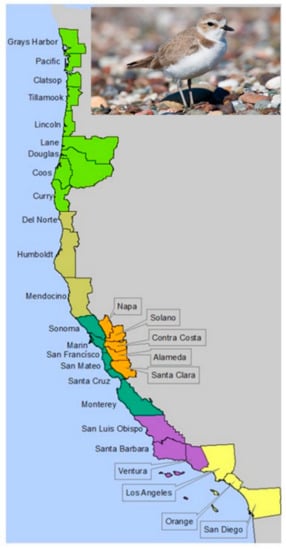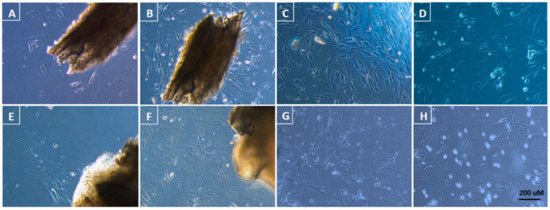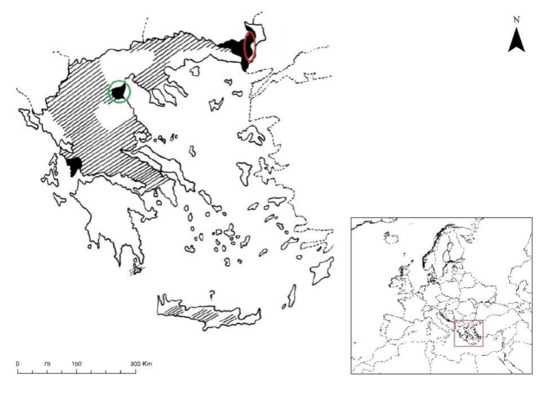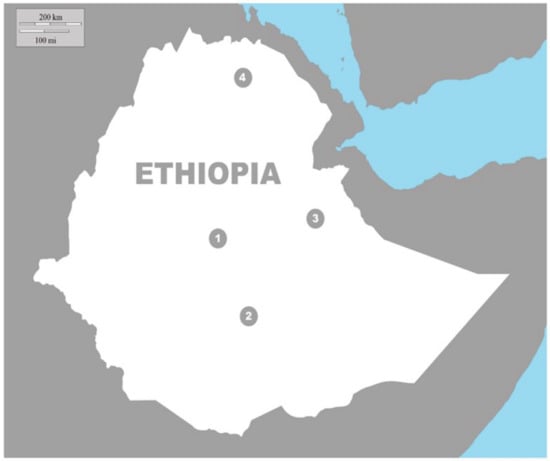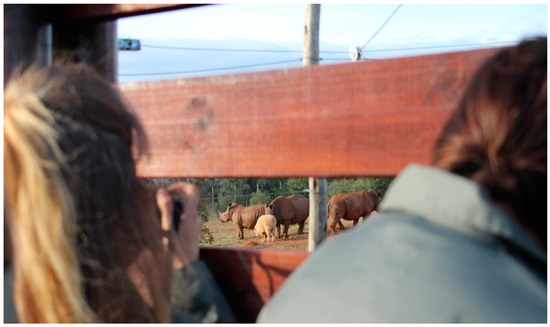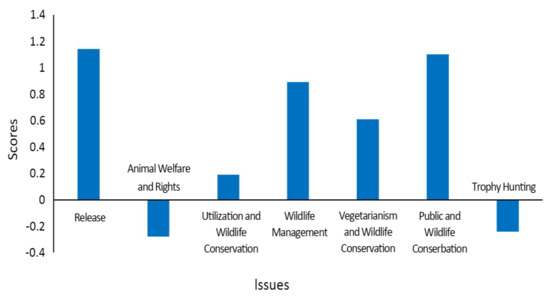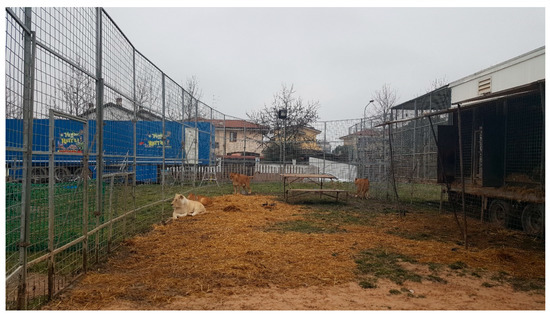Recent Advance in Wildlife Conservation
A topical collection in Animals (ISSN 2076-2615). This collection belongs to the section "Wildlife".
Viewed by 77094Editor
Interests: wildlife conservation; wildlife ecology; biodiversity monitoring; behavioral ecology; animal ecology; invasive species ecology and management
Special Issues, Collections and Topics in MDPI journals
Topical Collection Information
Dear Colleagues,
Wildlife has faced various threats in recent decades and has therefore attracted attention with regard to research and conservation worldwide. The impacts of human activities, such as habitat degradation and loss, introduction of alien species, overexploitation, pollution, changes in disturbance regime, climate change, and synergetic factors, are the main responsible factors for increasing the risk of extinction for many wildlife species. Furthermore, natural processes including hurricanes, floods, droughts, wildfires, etc. may drive some wildlife species to local extinction. Therefore, appropriate conservation actions and measures should be applied immediately to prevent further decline in the numbers or reduction of the geographical distribution of wildlife species.
For this reason, this Topical Collection will provide a forum for concentrating novel research on wildlife species conservation and their habitats. Original research or review papers, focused on wildlife conservation including (but not limited to) wildlife population biology, wildlife habitat use, wildlife demography, wildlife population viability analysis, behavior, and wildlife values, but within the context of contemporary conservation issues, are welcome. In addition, papers from a wide range of disciplines, such as applied ecology, theoretical ecology, restoration ecology, ecological economics, environmental management, environmental policy, human dimension, and others, which is in direct connection to wildlife conservation, are also welcome.
An update of the knowledge in these topics will allow wildlife managers to identify new approaches for wildlife conservation, either through direct treatments on populations or indirectly through the management of their habitats.
Prof. Dr. Dimitrios Bakaloudis
Collection Editor
Manuscript Submission Information
Manuscripts should be submitted online at www.mdpi.com by registering and logging in to this website. Once you are registered, click here to go to the submission form. Manuscripts can be submitted until the deadline. All submissions that pass pre-check are peer-reviewed. Accepted papers will be published continuously in the journal (as soon as accepted) and will be listed together on the collection website. Research articles, review articles as well as short communications are invited. For planned papers, a title and short abstract (about 100 words) can be sent to the Editorial Office for announcement on this website.
Submitted manuscripts should not have been published previously, nor be under consideration for publication elsewhere (except conference proceedings papers). All manuscripts are thoroughly refereed through a single-blind peer-review process. A guide for authors and other relevant information for submission of manuscripts is available on the Instructions for Authors page. Animals is an international peer-reviewed open access semimonthly journal published by MDPI.
Please visit the Instructions for Authors page before submitting a manuscript. The Article Processing Charge (APC) for publication in this open access journal is 2400 CHF (Swiss Francs). Submitted papers should be well formatted and use good English. Authors may use MDPI's English editing service prior to publication or during author revisions.
Keywords
- wildlife conservation
- animal conservation
- animal biology
- population biology
- population viability analysis
- biodiversity conservation
- conservation policy
- conservation economics
- conservation education






